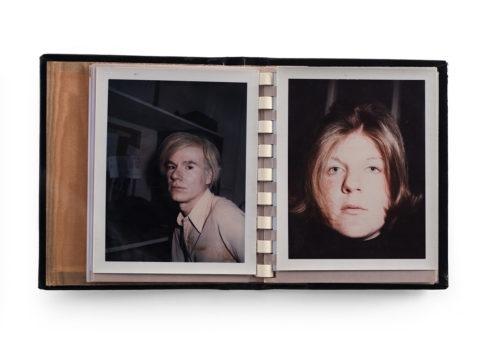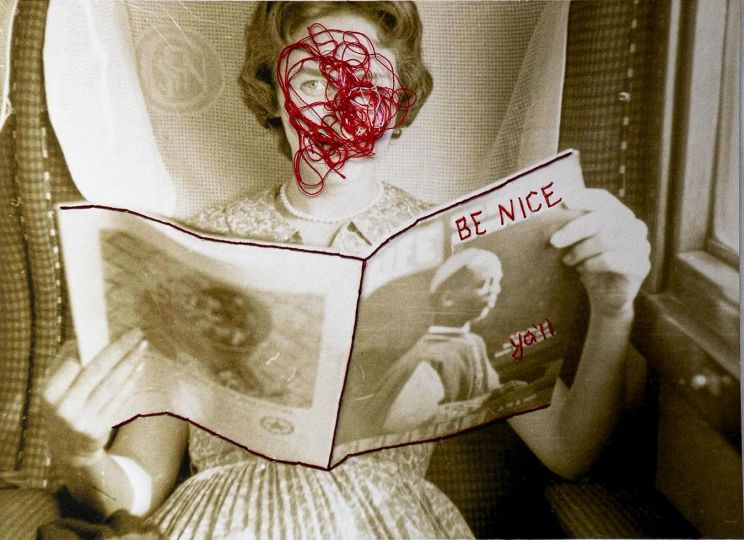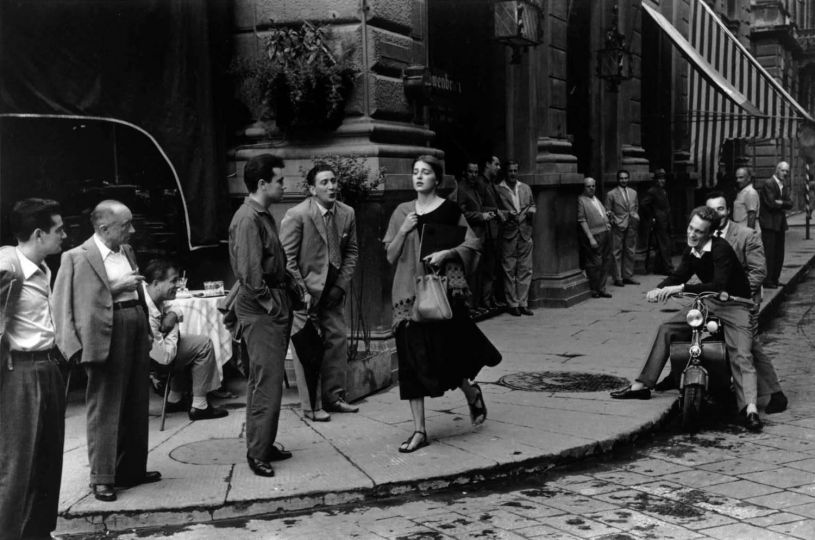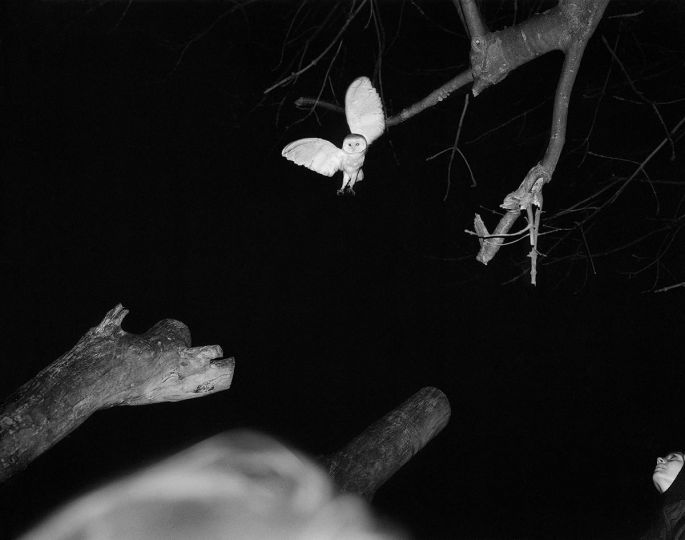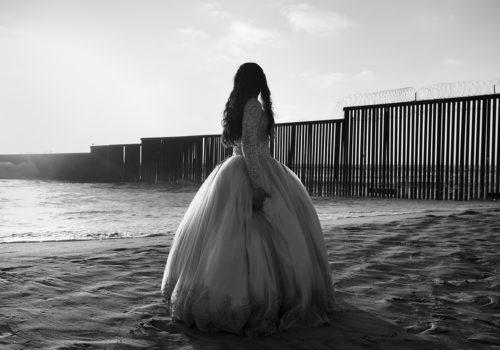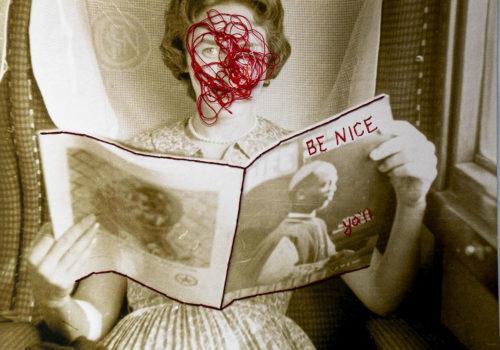Opening at Vito Schnabel Gallery’s Clarkson Street space on June 23, 2023, Brigid Berlin: The Heaviest is the first exhibition ever to document all aspects of the artist’s life, shedding light on the full scope of her career beyond the shadow of her famous friend and mentor Andy Warhol.
In the New York art scene of the mid-1960s and early ‘70s, Brigid Berlin achieved the rarest of feats by becoming an essential member of both of the two opposing spheres of the downtown creative classes gathered at Max’s Kansas City, the definitive watering hole of the avant-garde. She was a fixture in the queer délire of the back room, where Andy Warhol held court among his Factory Superstars, drag queens, and other hangers-on. At the same time, Berlin was equally welcomed by “the heavies” in the front of the bar: the mostly male, infamously macho crowd of carousing artists that included Willem de Kooning, John Chamberlain, Larry Rivers, Donald Judd, Robert Rauschenberg, Richard Serra, James Rosenquist, and Brice Marden, among others. Berlin not only penetrated these distinct precincts of the clubby art establishment, but conspired with them, occasionally collaborating on artworks, and even going so far as to turn them into muses for her own polymorphic, deeply conceptual oeuvre. Brigid Berlin was one of them: an artist on equal footing, the heaviest of the heavies.
To be deemed “a heavy” by her fellow artists was the ultimate confirmation of Berlin’s artistic identity. Yet given her origins as the daughter of Honey Berlin, an illustrious socialite, and Richard E. Berlin, conservative head of the all-powerful Hearst media empire who had Nelson Rockefeller and Richard Nixon on speed-dial, Brigid’s unlikely trajectory toward membership in the downtown demimonde is particularly remarkable. Throughout the 1960s, she categorically rejected her parents’ expectations, shunning their gilded Fifth Avenue bubble and its behavioral and gendered strictures in favor of a life of defiant bohemian experimentation that continues to fascinate and reverberate today.
The exhibition is organized by noted independent curator, critic, and author Alison M. Gingeras, The Heaviest is presented in a dense, totalizing environment inspired by the unique atmosphere of Berlin’s apartment. The exhibition traces the artist’s trajectory from her exceptionally privileged childhood to her Warholian stardom in the 1960s and ‘70s; to her multi-tentacled exchanges with a noteworthy array of artists through the 1980s and ‘90s; to the more reclusive and reflective years at the end of her life and up to her death in 2020. In addition to works of art by Berlin, The Heaviest presents an array of documentary materials, including never before seen family photographs, letters, and memorabilia. Also on view will be portraits of the artist made by her peers, as well as posthumous homages to Berlin’s legacy created for the exhibition by a handful of contemporary artists.
In drawing together this wealth of material for viewing, reading, and listening, The Heaviest argues for a precise reconsideration of Berlin’s stature as more than a minor artistic footnote or colorful Warholian acolyte. In a very specific moment of the New York art world that was still dominated by the cult of male genius, and well before the feminist art movement of the early ‘70s had gained full steam, Berlin naturally measured herself against the so-called “great men.” Yet in spite of her “being just one of the guys,” she forged a singular path as a radical artist who asserted her sexual agency and body positivity in ways that precociously prefigured similar themes by subsequent generations of women artists.
Furthermore, Berlin’s oeuvre hinges on her engagement with performance and the performative, her fearless embrace of queerness, and sustained interest in subverting all forms of the social status quo despite her arch-conservative origins. By casting a brighter light on the complexities and contradictions of Berlin’s life and work, The Heaviest argues that while Berlin turned her back on her rich bohemian period later in life in order to reconcile herself with the ghost of her parents’ disappointments, she left behind a significant and impactful body of work. With the posthumous revelation of her vast and relatively little-known audio archives, The Heaviest makes the case that Brigid Berlin’s complex legacy merits further study.
Brigid Berlin : The Heaviest
June 23 – August 18, 2023
Vito Schnabel Gallery
43 Clarkson Street
New York, NY 10014
www.vitoschnabel.com

